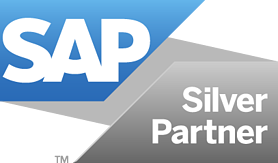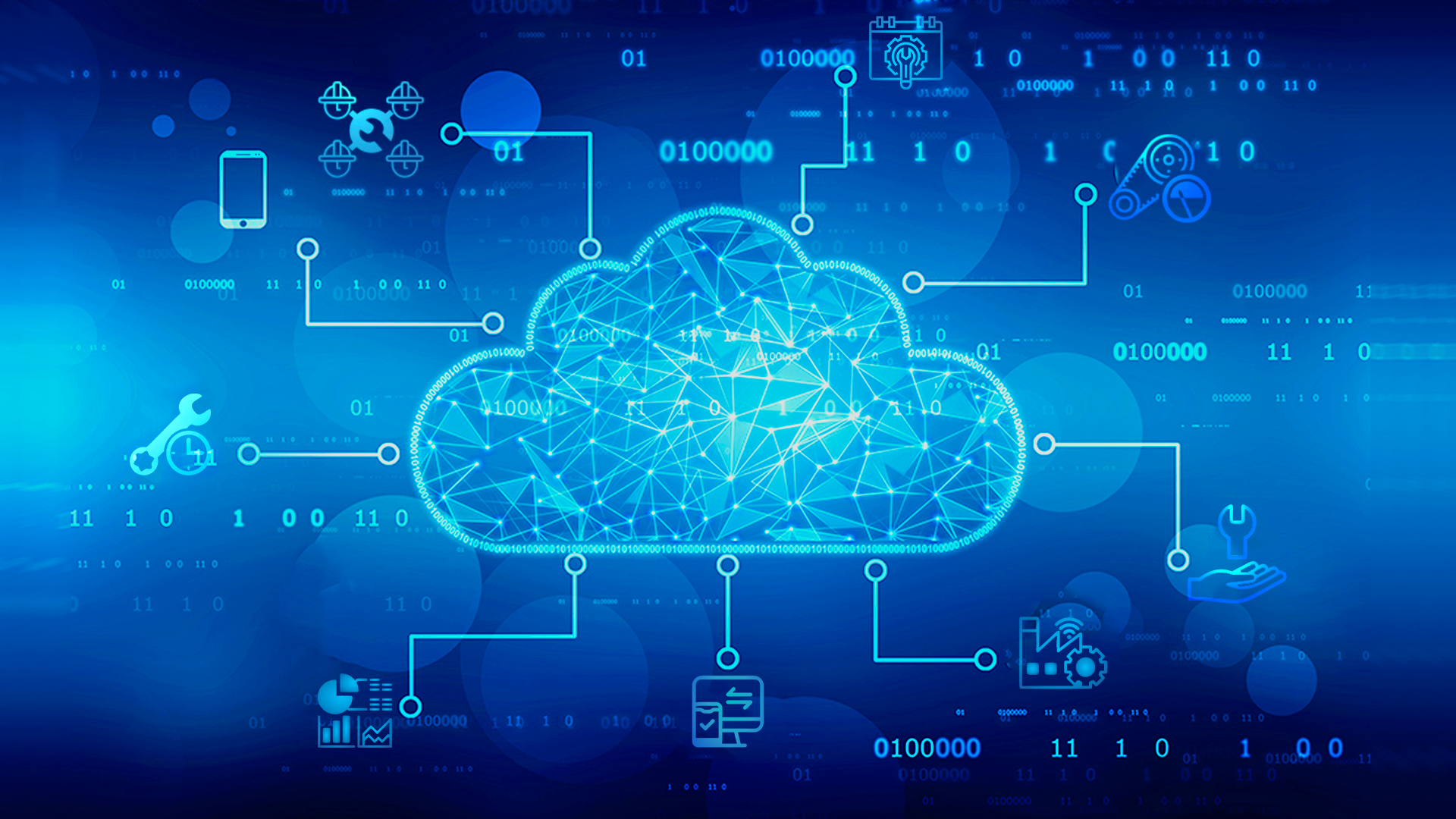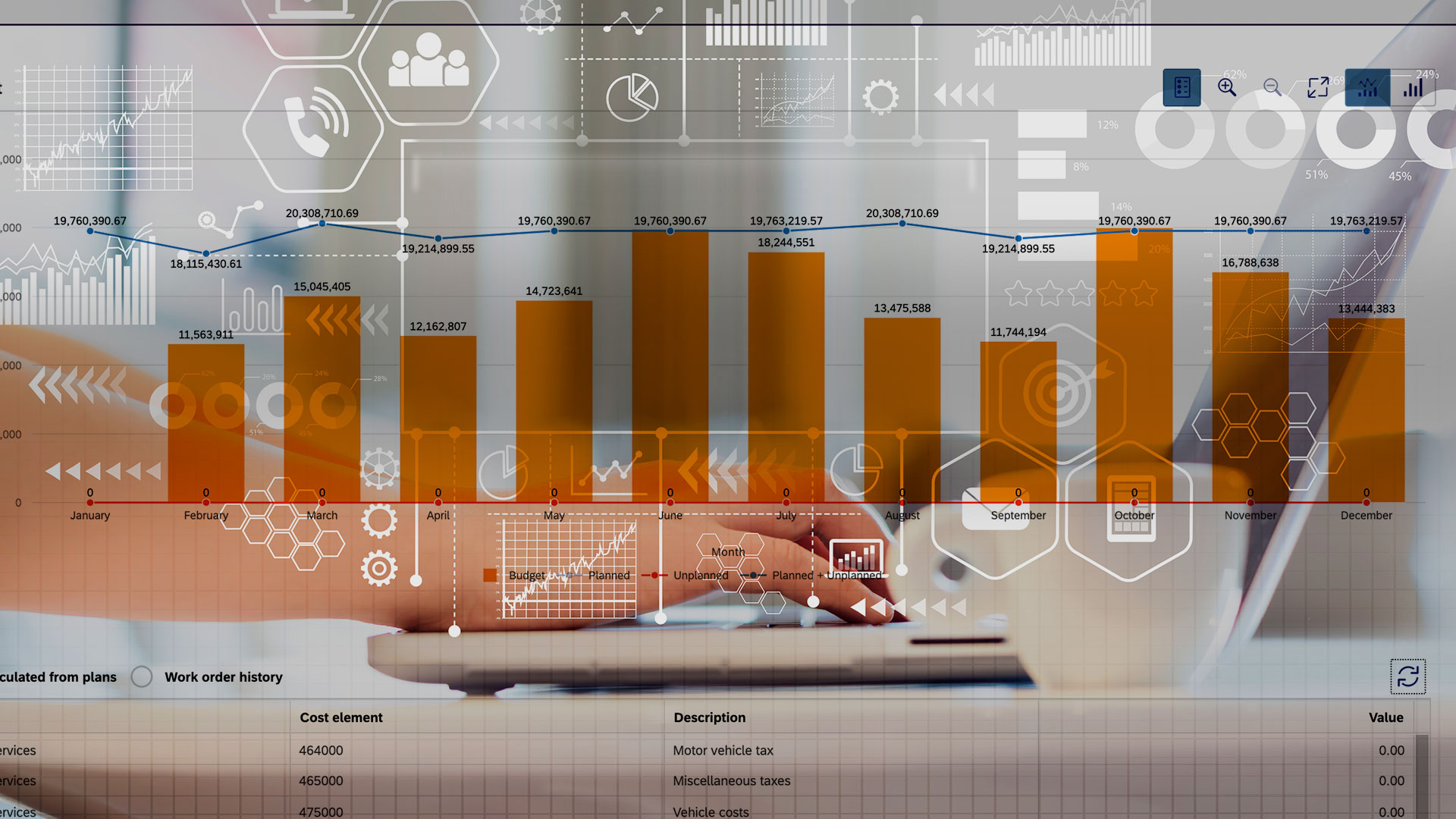You may have heard about the automation capabilities of artificial intelligence (AI) and about the considerable benefits of condition-based monitoring (CBM). Bringing these concepts together holds the promise of further automation in manufacturing and maintenance. Today, we’ll touch on the basics of CBM and AI then speak to the critical steps you can take to be ready for the future of enterprise asset management.
Condition-based Monitoring and AI Applications
Unpredictable equipment and asset failure make up 75% of the causation factors that lead to downtime and considerable financial losses. To mitigate the effects of equipment-related downtime, CBM frameworks – an Industry 4.0 business model – were developed. CBM frameworks involve the use of IIoT sensors, edge devices, and smart machines to monitor the real-time performance of production equipment to detect and automatically trigger an alert if a measure is out of normal range. Of course, the goal is to avert a breakdown event through a maintenance intervention.
AI applications such as machine learning (ML) bring greater efficiency to the analysis of the condition measurements in order to provide further advanced warning of an impending issue. Successful implementation of CBM strategies requires the deployment of both data collection and analytical tools to gain insight into equipment performance.
Types of Asset Condition Monitoring
Condition monitoring can be as simple as conducting inspection rounds to take and record measurement readings from pressure sensors, oil levels, temperature gauges, and more. CBM utilizes IIoT devices to take this a step further by replacing the human actions to inspect, capture and evaluate measures against pre-set parameters and trigger the alert. Here’s some common types and uses of asset condition monitoring:
| Measurement | Issues Detected | Typical Assets |
| Vibration | Detect mechanical faults such as imbalance, misalignment, looseness, and bearing failure | Assets with rotating parts such as centrifugal pumps, motors, compressors |
| Temperature | From simple temperature readings to infrared thermography to catch temperature irregularities which can be caused by a part misalignment or belt issue | >Motors, bearings, gear boxes |
| Oil level & condition | Testing lubricants & other fluids for level, chemical properties, contamination, viscosity, and foreign particles indicating degradation of the machine surface (ie. iron, silicon, aluminum silicate) | Compressors, gear boxes, transportation vehicles |
| Sound | Ultrasound testing for a change in the normal operating parameters as the source of the issue can vary widely. It could be anything from leaking gases, under/over lubrication, to improperly seated parts | A wide range of equipment including equipment that has high-pressure fluids |
| Electrical | Evaluating changes in the electrical parameters including induction, pulse and frequency response, capacitance and resistance. | Motors & other electrical systems |
Other asset condition monitoring techniques include electromagnetic, radiation, laser interferometry, motor circuit analysis and more. What’s key in asset condition monitoring is to be deliberate in your choice of assets, what is most important to measure, and how to measure for cost effective results.
Advantages of Condition Monitoring
CBM coordinates maintenance activities based on the asset condition as compared to regularly scheduled preventive maintenance tasks. It also reduces the potential of sudden breakdown. Both of these impacts result in greater efficiency and more cost-effective maintenance practices. In addition:
- Improves asset reliability and availability for improved production efficiency
- Increases asset performance and longevity
- Reduces unplanned downtime
The degree of benefit is driven by the degree of planning, training, and use of technology to assist in the data collection and analysis.
AI in Condition-based Monitoring and Maintenance
Industry 4.0 and 5.0 technologies and data analysis capabilities make CBM truly predictive. That is, you can gain 60 or 90 days advanced warning of a condition changing and even identification of the underlying malfunction. This type of analysis requires a lot of data from a number of measurement systems to be fed to a central database where artificial intelligence is used to analyze the trends. The database structure in SAP S/4HANA has been specifically designed for this purpose.
“S/4HANA provides tools to help companies move from scheduled to predictive maintenance
for more efficient equipment uptime and lower service costs.”
Jim O’Donnell, TechTarget, SAP wants to own intelligent enterprise, but firms have options, >June, 2021
The application of ML brings another level of efficiency. Instead of determining and setting the parameters for each measurement manually, now the models can be generated automatically providing significant time savings for your engineers and technicians.
Additional impacts include:
“The incidence rate of both false alarms (false positives) and missing alarms (false negatives) have been found to be reduced by over 90%. This reduces human engineering efforts in diagnosing machine faults by over 60%, reduces maintenance budgets and improves machine availability by about 10%.”
Dr. Patrick Bangert, algorithmica technologies GmbH, Smart Condition Monitoring Using Machine Learning
Although there are great efficiency advantages of AI and ML for CBM, it can take time to collect the data needed for analysis. Get started with the right foundation.
Getting Started with Condition-based Monitoring Strategies
>1) Structure and Centralize Data Collection
AI, when used correctly to make good decisions quickly, requires that the data is available and accurate. If you have messy master data due to inefficient business processes, then you can’t utilize the data to drive process improvements.
Eliminating any paper based processes by deploying a modern software interface to SAP should be a first step. These systems can help streamline your core maintenance process steps and remove unnecessary work, like manually entering data into SAP, while structuring the data inputs into SAP. As we noted earlier, if you use or will be transitioning to SAP S4/HANA, it is specifically designed to deploy AI and ML for maintenance operations.
2) Capture Current Sensor Data
Your modern-day equipment likely includes a wide range of sensors that can be programmed to feed the central database. Even before you invest in additional IIoT devices, you can already be using the data available to analyze to set triggers for alerts or to determine where you need to invest in additional monitoring capability.
3) Determine Asset Criticality
Prioritize where to invest by reviewing your maintenance history to uncover:
- Which critical assets are your “bad actors”? For high ROI, start with your biggest offenders.
- Which assets have features that can be monitored? Not all failures are measurable.
- Which assets will benefit most from condition-based monitoring techniques? The failure types have measurable degradation that can be recognized early enough to do something to avoid the complete failure event.
4) Practice Reliability Centered Maintenance
Reliability Centered Maintenance (RCM) takes the approach of identifying the conditions that could potentially result in downtime and then prioritizing failure modalities from a maintenance cost standpoint. With this data, operations can decide what specific actions provide the best return on maintenance spend to prevent those failure modalities from manifesting themselves. As a result of RCM analysis, you will find that certain assets are critical for investment in measuring technologies and using AI, while others should be managed as “run-to-failure” due to the low cost to replace as compared to the cost of applying predictive measures.
5) End-to-end Digital Processes
Responding to CBM alerts requires real-time communication and coordination of the workforce. For maintenance operations, this means replacing paper work orders and notification processes with a mobile device with an interface to SAP. Initially condition monitoring activities will result in a little advanced notice of an impending issue. In these cases, real-time notification is critical to avoid the downtime event. Overtime, with AI and ML results, you can apply true predictive maintenance strategies and see greater forewarning of an issue starting to occur.
Let Us Help You Get Started
Here at Sigga, we have been helping asset-intensive industries with SAP Plant Maintenance drive digital transformation and mobile initiatives in industrial maintenance for 20 years. Our SAP Certified EAM software solutions can help you improve the capture, structure, and quality of the data needed to build condition-based monitoring strategies.
Our EAM Empower mobile EAM application digitizes the entire maintenance process connecting users across your business real-time. It helps your technicians accurately capture and structure the data you’ll need in SAP to determine asset criticality for condition-based monitoring investments.
Sigga Planning & Scheduling provides the management tools for the effective deployment of preventive and predictive maintenance strategies. Together these solutions form an effective foundation for real-time coordination of maintenance activities as a result of your condition-based monitoring investments.
Learn how you can take your preventive maintenance program to the next level!











